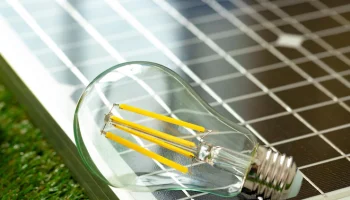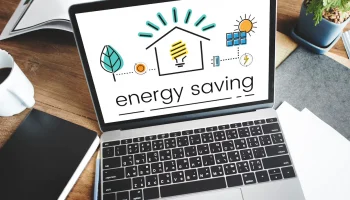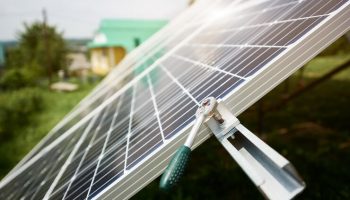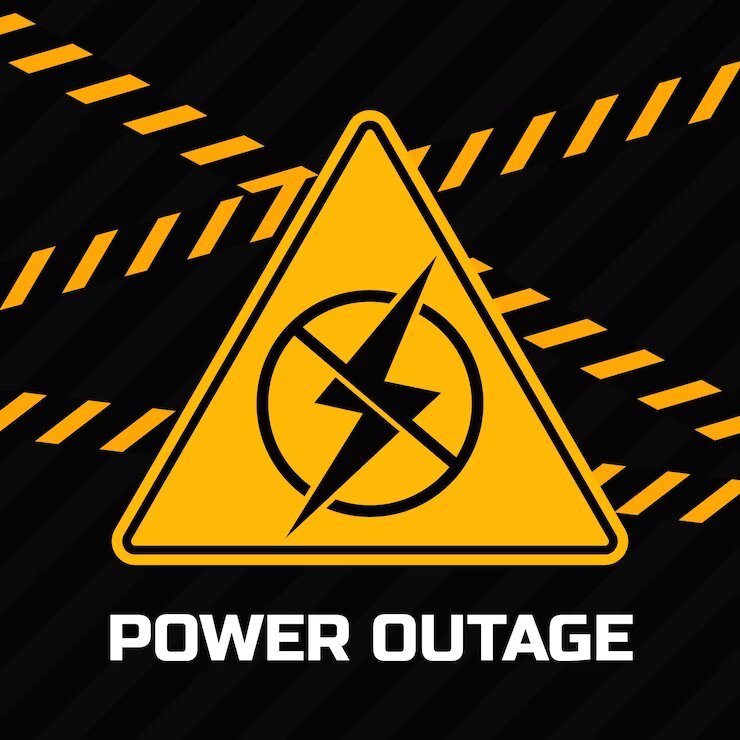Construction sites can be dangerous places, and one of the most significant hazards is electricity. Electrical accidents on construction sites are common, and they can result in serious injuries and even death. Therefore, it is essential to identify and handle electrical hazards on construction sites to ensure the safety of workers and the public. Identifying electrical hazards on a construction site is the first step towards mitigating them. A thorough evaluation should be conducted before any work is done to identify potential hazards.
Electrical hazards can come in the form of damaged or frayed cords, exposed wires, improper use of electrical equipment, or unsafe electrical systems. To avoid any accident when fixing electrical issues on elevated areas, it is essential to use a mobile tower scaffold. This will make the job easier and safer for workers. Proper signs should be placed to alert anyone on the site about any electrical work being done.
Identifying Electrical Hazards
Identifying electrical hazards on a construction site is essential to ensure safety. Construction workers should be familiar with the proper safety protocols for working with electricity and be able to identify potential electrical hazards.
Common Causes Of Electrical Hazards On Construction Sites
- Poorly maintained electrical equipment
- Faulty wiring or power lines
- Exposure to water and other liquids
- Unsafe use of tools and machinery that are not equipped with safety features
- Improper use of extension cords or surge protectors
- Overloaded circuits or outlets
- Improper grounding of equipment
Signs Of Electrical Hazards To Look Out For
- Flickering or dimming lights, sparks, or smoke
- Exposed wires
- Unusual sounds coming from electrical outlets or appliances
- Hot surfaces on electrical outlets, switches, and other objects
- Discolored or melted wires
- Burning smells coming from outlets, switches, and other objects
- Unsafe use of extension cords
- Overloaded circuits or outlets
- Poorly maintained electrical tools and equipment
Testing Equipment to Help Detect Electrical Hazards
- Voltage testers
- Insulation testers
- Ground fault circuit interrupters (GFCIs)
- Residual current devices (RCDs)
Handling Electrical Hazards On Construction Sites
Identifying and handling electrical hazards on construction sites is of utmost importance to ensure the safety of the workers and prevent accidents. Electrical hazards can range from electric shock and electrocution to burns and explosions and can result in injuries or even fatalities.
Safety Precautions To Take When Working With Electricity
- Wear proper personal protective equipment (PPE) such as rubber gloves, glasses, and boots when working with electricity.
- Ensure all tools and equipment are in good working condition and regularly maintain them according to the manufacturer’s instructions.
- Use GFCIs or RCDs when working with electrical equipment.
- Do not overload circuits or outlets.
- Use extension cords and surge protectors only as a temporary solution, and never use them in place of permanent wiring.
- Ensure that all electrical work is performed by qualified personnel according to national standards.
Choosing The Right Personal Protective Equipment
When working with electricity, it is essential to wear the right personal protective equipment (PPE). This includes rubber gloves, glasses, and boots. Rubber gloves should be worn when handling any electrical equipment or wiring. The boots should have insulating soles made of rubber or another material that will protect you from electric shock in case of contact with a live circuit. Safety glasses should also be worn to protect your eyes from any flying debris or sparks resulting from working with electricity.
How To Report And Handle An Electrical Hazard
If you identify or suspect an electrical hazard on a construction site, it is important to report the hazard immediately. Report any unsafe conditions to your supervisor, who should then take the necessary steps to address the problem. Ensure that all workers near the hazard are aware and understand what steps need to be taken to ensure their safety. If the hazard cannot be addressed immediately, do not attempt to work in that area until it is fixed. Finally, keep a record of all electrical hazards reported and how they were handled.
Importance Of Considering Electrical Hazards
The construction industry is fraught with electrical hazards that pose a significant risk to workers. Electrical hazards can cause severe injuries or fatalities, so adhering to certain guidelines when working with electrical equipment is essential. It involves taking precautions and knowing the hazards that could arise from the use or misuse of electrical equipment, including overloading of circuits, mishandling of electrical appliances, and contact with live or exposed wires.
Ensuring that workers are aware of the dangers associated with electrical work, including the possible risks, preventive measures, and appropriate response, can go a long way towards minimizing the potential for accidents and injuries on the work site. Therefore, it is essential to integrate electrical hazard awareness and prevention training into any construction site induction program.
Like What You’re Reading?
Sign up for Tips & Tricks newsletter for expert advice to get the most out of your technology
In Conclusion
Electrical hazards pose a significant risk to workers on construction sites, and it is crucial to identify and handle them proactively. Implementing proper safety procedures and training for workers, conducting regular inspections, and having proper equipment are essential steps to prevent electrical accidents on construction sites. As long as safety remains a priority, construction sites can minimize potential hazards and provide a safe environment for workers.
Additionals:




























